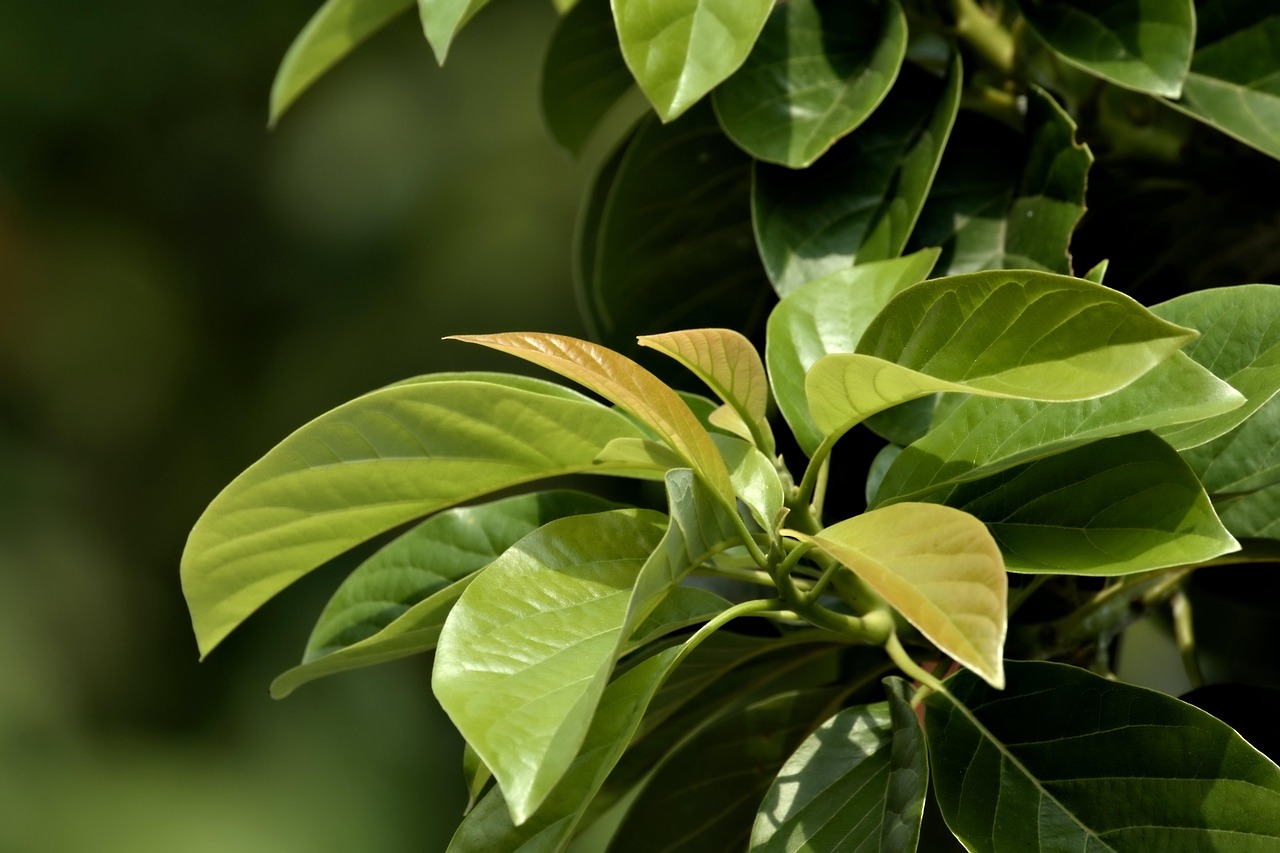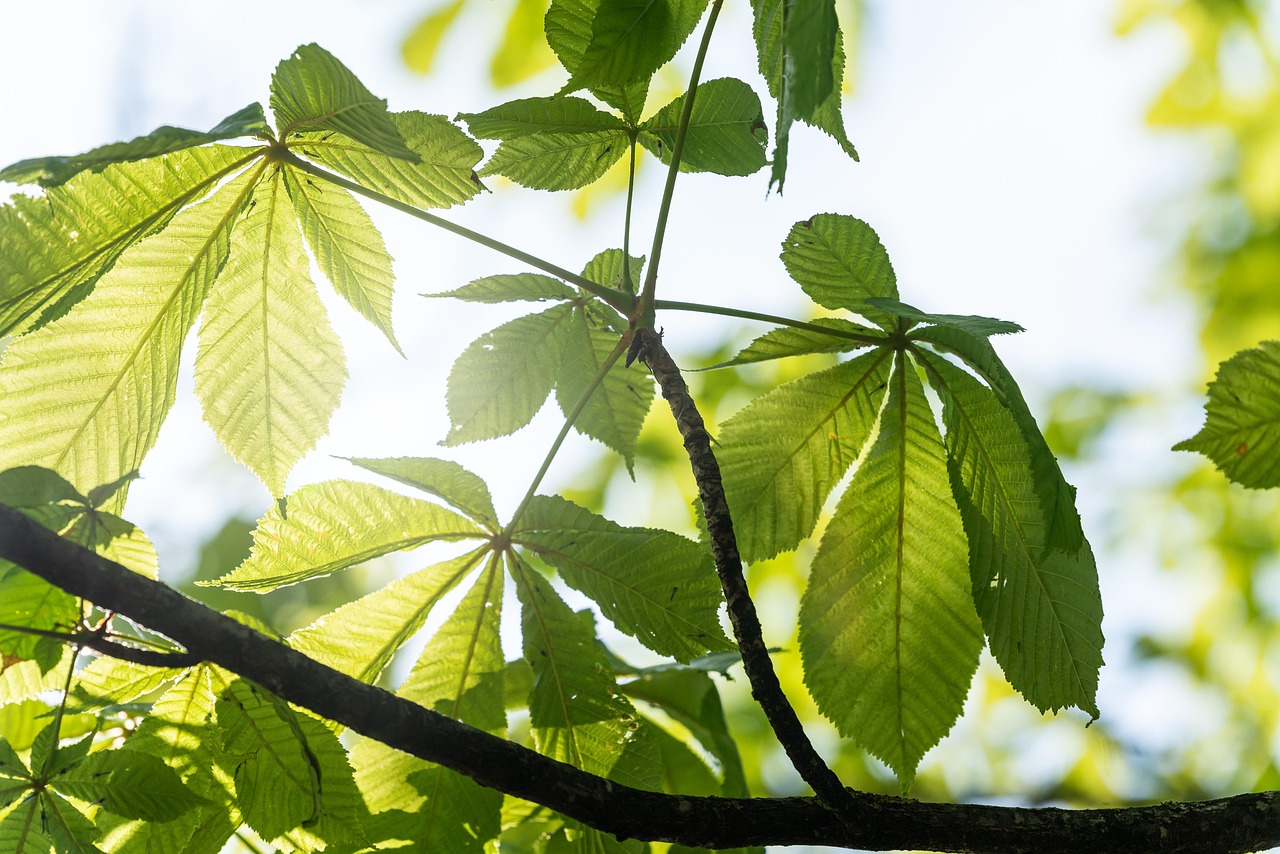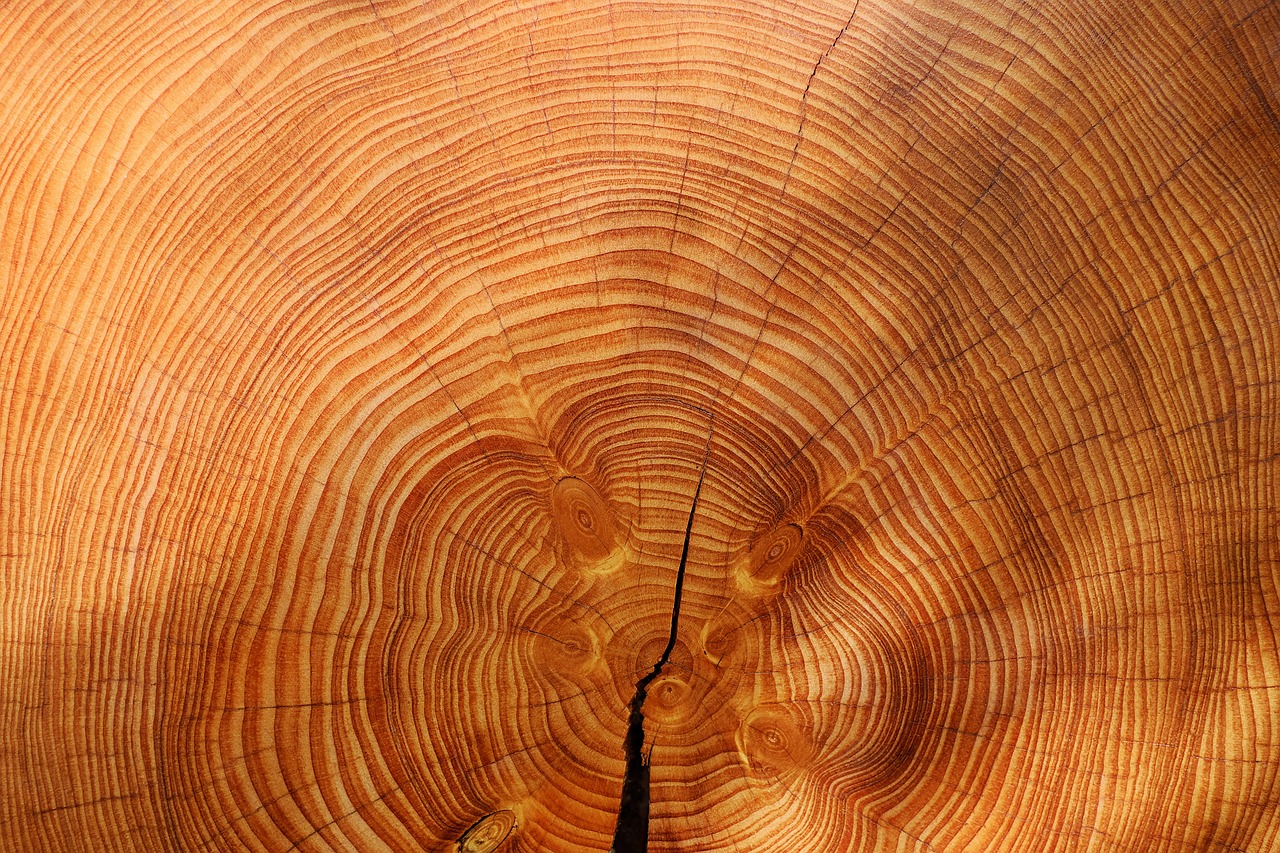Miles Choice Bay trees typically exhibit a moderate growth rate, reaching heights of 15 to 30 feet in coastal gardens. Their growth can be influenced by factors such as soil quality, sunlight, and irrigation practices.
Understanding Miles Choice Bay Tree Growth Rate
The Miles Choice Bay tree, part of the Lauraceae family, is an attractive evergreen often used in coastal gardens. Native to regions with mild climates, this tree is highly valued for both its aesthetic appeal and culinary uses. The growth rate of a Miles Choice Bay tree can be essential for gardeners and landscapers aiming to create lush, green spaces.

When considering the growth rate of the Miles Choice Bay tree, it is important to understand several key factors that influence its development. These factors include soil conditions, climate, and maintenance practices. Proper care can lead to optimal growth, allowing the tree to thrive in coastal environments.
Growth Rate Overview
The average growth rate of a Miles Choice Bay tree in optimal conditions is about 12 to 24 inches per year. However, this rate can vary significantly based on environmental factors. Below are some key characteristics of this tree that contribute to its growth:
- Soil Type: Well-drained soils rich in organic matter promote healthier growth.
- Sunlight: Full sun exposure encourages robust growth; however, some shade tolerance exists.
- Watering: Regular watering during dry spells is crucial, especially in sandy coastal soils.
- Fertilization: Using balanced fertilizers can enhance growth during the active growing season.
Ideal Conditions for Growth
Coastal gardens present unique challenges and opportunities for the Miles Choice Bay tree. The following table summarizes the ideal conditions that help optimize growth in coastal environments:

| Condition | Ideal Status | Impact on Growth |
|---|---|---|
| Soil Type | Sandy loam with good drainage | Promotes root health and nutrient absorption |
| Sunlight Exposure | Full sun (6-8 hours daily) | Enhances photosynthesis and overall vigor |
| Water Availability | Consistent moisture without waterlogging | Supports healthy growth and prevents stress |
| Temperature Range | 60-75°F (15-24°C) | Optimal for growth; avoid frost |
Impact of Coastal Conditions
Coastal gardens often experience salt spray, high winds, and fluctuating temperatures. These elements can affect the growth rate of the Miles Choice Bay tree significantly. The tree’s adaptability to salty air makes it a suitable choice for coastal regions. However, protective measures should be taken during extreme weather conditions.
The resilience of the Miles Choice Bay tree allows it to thrive in various conditions. Regular pruning can also help maintain its shape while encouraging new growth. This practice not only enhances its appearance but also promotes healthier foliage and improves air circulation within the canopy.
Cultivation Tips for Optimal Growth
If you are considering planting a Miles Choice Bay tree in your coastal garden, follow these cultivation tips to ensure its success:

- Select a planting site with full sun exposure.
- Avoid areas prone to flooding or water accumulation.
- Incorporate organic matter into the soil before planting.
- Monitor soil moisture levels regularly; water deeply but infrequently.
- Apply mulch around the base to retain moisture and suppress weeds.
By understanding the growth rate and requirements of the Miles Choice Bay tree, gardeners can create vibrant coastal landscapes that flourish for years. Proper care and attention will ensure that these trees thrive and contribute beauty to any garden setting.
Factors Affecting Growth Rate
The growth rate of the Miles Choice Bay tree is influenced by various environmental, biological, and management factors. Understanding these influences can help in maximizing the tree’s potential in coastal gardens. Below, we will explore some of the most significant factors affecting growth rates.
Environmental Factors
Environmental conditions play a crucial role in the growth and health of the Miles Choice Bay tree. Key environmental factors include:
- Soil Quality: The presence of nutrients and the soil’s pH level can significantly impact growth. Ideal soil pH ranges from 6.0 to 7.0.
- Climate: Mild coastal climates with moderate rainfall support optimal growth. Extreme temperatures can hinder development.
- Humidity: High humidity can promote faster growth, as it helps retain moisture in the soil.
Biological Factors
In addition to environmental influences, biological factors are also essential for the growth of Miles Choice Bay trees. These include:

- Genetic Variability: Different cultivars may exhibit varying growth rates based on their genetic makeup.
- Pests and Diseases: Infestations or infections can slow growth significantly. Regular monitoring is necessary to prevent such issues.
- Companion Planting: The presence of certain plants nearby can either enhance or inhibit the growth of Miles Choice Bay trees.
Cultural Practices
The management practices adopted by gardeners can greatly affect the growth rate of the Miles Choice Bay tree. Below are some vital cultural practices:
- Pruning: Regular pruning helps to shape the tree and encourages new growth. It is best done during the late winter or early spring.
- Fertilization: A balanced fertilizer applied in early spring can provide essential nutrients that boost growth.
- Pest Control: Utilizing organic pest control methods will protect the tree from harmful insects without compromising its health.
Seasonal Growth Patterns
The Miles Choice Bay tree exhibits distinct seasonal growth patterns that are essential for understanding its development cycle. Recognizing these patterns can help gardeners make informed decisions regarding care and maintenance.
Spring Growth
During spring, the Miles Choice Bay tree enters a phase of rapid growth. As temperatures rise and sunlight increases, new leaves begin to emerge, and the tree starts to develop its structure.
- Leaf Development: New foliage forms, providing energy through photosynthesis.
- Root Expansion: The roots begin to grow more actively, searching for nutrients and moisture.
Summer Activity
In summer, growth continues but may slow down as temperatures peak. Watering becomes especially crucial during this time to prevent stress.
- Maintenance Needs: Regular watering and mulching are necessary to maintain soil moisture levels.
- Pest Monitoring: Increased insect activity may occur; vigilance is required to detect any potential issues early.
Autumn Preparation
As autumn approaches, growth begins to taper off. The tree prepares for dormancy, which is vital for its long-term health.
- Nutrient Uptake: The tree absorbs nutrients from the soil to store energy for winter.
- Leaf Drop: Deciduous characteristics may cause some trees to shed leaves in preparation for cooler months.
Winter Dormancy
During winter, the Miles Choice Bay tree enters a dormant phase. This period is essential for recovery and energy conservation.
- Minimal Growth: Growth is nearly halted, allowing the tree to rest.
- Protection Measures: Protecting young trees from frost and harsh winds is important during this time.
Understanding these seasonal patterns enables gardeners to tailor their care practices effectively, ensuring trees remain healthy and vibrant throughout their lifecycle.
Pest and Disease Management
Managing pests and diseases is crucial for maintaining the health and growth rate of the Miles Choice Bay tree. Coastal gardens can attract various pests due to the unique environmental conditions, making it essential for gardeners to be proactive in their approach to pest control.
Common Pests
Several pests may affect the Miles Choice Bay tree. Identifying these pests early can help mitigate damage and ensure healthy growth:
- Spider Mites: These tiny pests can cause leaf discoloration and damage by sucking sap from the leaves.
- Scale Insects: Scale insects appear as small bumps on branches and leaves, feeding on plant sap and weakening the tree.
- Aphids: Aphids can cause curling leaves and may transmit diseases; they reproduce quickly and can become problematic.
Disease Concerns
In addition to pests, various diseases can impact the growth of Miles Choice Bay trees. Here are some common diseases to watch for:
- Leaf Spot: This fungal disease appears as dark spots on leaves, leading to premature leaf drop.
- Root Rot: Caused by overwatering and poorly drained soil, root rot can severely damage or kill the tree.
- Powdery Mildew: This fungus manifests as a white powder on leaves, which can hinder photosynthesis.
Effective Management Strategies
Implementing effective management strategies can help control pests and diseases while promoting healthy growth for the Miles Choice Bay tree. Below are some practical approaches:
- Regular Inspections: Frequently check your trees for signs of pests or disease. Early detection is key to effective management.
- Organic Pest Control: Consider using natural remedies such as neem oil or insecticidal soap to control pest populations without harming beneficial insects.
- Proper Watering Practices: Ensure that the tree is watered appropriately. Overwatering can lead to root rot, while underwatering can stress the tree and make it more susceptible to pests.
- Cultural Controls: Maintain good garden hygiene by removing fallen leaves and debris that can harbor pests and diseases.
The Role of Fertilization
Fertilization plays a vital role in promoting healthy growth rates in Miles Choice Bay trees. Providing the right nutrients at the right time helps support robust development and enhances resistance to pests and diseases.
Nutrient Requirements
The main nutrients required for optimal growth include nitrogen, phosphorus, and potassium. Each nutrient fulfills specific functions:
- Nitrogen: Essential for leaf growth and overall plant vigor.
- Phosphorus: Crucial for root development and flowering.
- Potassium: Helps improve overall plant health and resistance to stress.
Fertilization Schedule
A well-structured fertilization schedule can enhance growth rates. Here is a simple guideline for fertilizing Miles Choice Bay trees:
| Season | Type of Fertilizer | Application Rate |
|---|---|---|
| Spring | Balanced fertilizer (e.g., 10-10-10) | 1 cup per tree |
| Summer | Slow-release fertilizer | Follow package instructions |
| Fall | Low-nitrogen fertilizer (e.g., 5-10-10) | 1 cup per tree |
This schedule can be adjusted based on soil tests and specific garden conditions. Regular monitoring of soil health can inform necessary adjustments for optimal growth.
Irrigation Practices
Irrigation is another critical factor influencing the growth rate of Miles Choice Bay trees. Proper watering practices not only support growth but also prevent water-related issues such as root rot.
Irrigation Techniques
The following irrigation techniques can help ensure that your Miles Choice Bay tree receives adequate moisture without risk of overwatering:
- Drip Irrigation: This method delivers water directly to the root zone, minimizing waste and reducing disease risk.
- Soaker Hoses: Soaker hoses allow water to seep out slowly along their length, providing even moisture distribution.
- Watering Schedule: Water deeply but infrequently to encourage deep root growth. Aim for once a week during dry periods.
By implementing effective pest management, fertilization, and irrigation strategies, gardeners can ensure that Miles Choice Bay trees thrive in coastal gardens, ultimately enhancing their growth rates and overall health.
Additional Considerations for Coastal Gardens
While managing the growth rate of Miles Choice Bay trees involves several critical strategies, there are additional considerations to keep in mind when planting in coastal gardens. These factors can significantly impact the tree’s health and overall success in such environments.
Soil Amendments
Coastal soils can often be sandy and low in organic matter. To improve soil quality for Miles Choice Bay trees, consider the following amendments:
- Organic Compost: Adding organic compost can enhance soil structure, increase nutrient levels, and improve moisture retention.
- Pine Bark Mulch: This mulch type helps to retain moisture, suppress weeds, and gradually adds nutrients as it decomposes.
- Sand or Grit: In compacted soils, incorporating sand or grit can improve drainage and aeration for better root development.
Microclimate Effects
Understanding the microclimates within your coastal garden can help you position your Miles Choice Bay trees for optimal growth. Some factors to consider include:
- Wind Protection: Planting near structures or windbreaks can shield trees from harsh coastal winds that may damage leaves and branches.
- Sunlight Availability: Identify areas that receive full sun versus partial shade throughout the day, as this will affect growth rates.
- Temperature Variability: Coastal areas can experience temperature fluctuations; selecting sheltered locations may help mitigate stress during extreme conditions.
Companion Planting for Healthier Growth
Companion planting involves growing different plants together for mutual benefits. Incorporating companion plants around Miles Choice Bay trees can enhance their growth and resilience. Some effective companion plants include:
- Herbs: Plants like rosemary and lavender can repel pests and attract beneficial insects.
- Flowers: Marigolds can deter nematodes and other harmful pests while attracting pollinators.
- Legumes: These plants, such as clover, help fix nitrogen in the soil, providing additional nutrients for the bay tree.
Careful selection of companion plants can lead to a more diverse ecosystem, promoting health and vitality in your coastal garden.
Preparing for Extreme Weather Events
Coastal gardens often face unique weather challenges, including storms and high winds. Preparing your Miles Choice Bay trees for these events is crucial for their survival:
- Staking Young Trees: For young trees, using stakes can provide support during high wind events until they establish strong roots.
- Choosing Resilient Varieties: Selecting cultivars known for their resistance to salt spray and wind can enhance survival rates in coastal conditions.
- Creating Drainage Solutions: Implementing proper drainage techniques can help prevent waterlogging during heavy rains, protecting roots from damage.
Conclusion
The Miles Choice Bay tree is a remarkable addition to coastal gardens, offering both beauty and functionality. Understanding its growth rate and the various factors that influence it is essential for achieving optimal health and vigor. From soil amendments to pest management strategies, each aspect contributes to the overall success of these trees in challenging coastal environments.
By implementing proper care practices like fertilization, irrigation, and companion planting, gardeners can foster a thriving ecosystem that supports Miles Choice Bay trees. Additionally, being proactive in preparing for extreme weather events ensures these trees not only survive but flourish through the seasons.
In summary, with the right knowledge and techniques, Miles Choice Bay trees can significantly enhance the aesthetic appeal and ecological balance of coastal gardens. Embracing these practices will lead to a vibrant landscape that stands the test of time.
